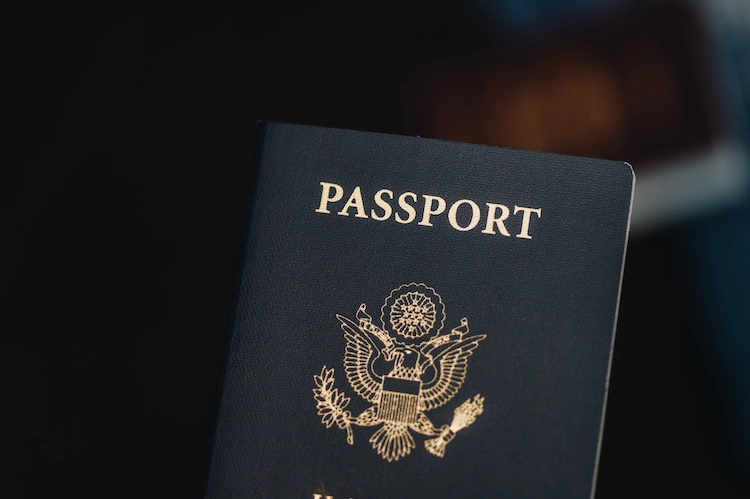New York Times v. Sullivan: Decision Still Shaping the First Amendment 50 Years Later

Earlier this month marked the 50th anniversary of New York Times v. Sullivan, 376 U.S. 254 (1964). The seminal First Amendment case, which occurred during the height of the civil rights movement, ensures that journalists can do their jobs without fear of libel and defamation lawsuits.
The Facts of the Case
The case centered on a full-page advertisement published in The New York Times. The ad, titled “Heed Their Rising Voices,” was highly critical of Southern officials for their actions in response to a wave of civil rights protests in Montgomery, Alabama.
Although the advertisement did not identify anyone by name, L.B. Sullivan, the Montgomery Public Safety Commissioner, filed suit against The Times and four African American ministers who had signed their names at the end of the publication. He alleged that he had been libeled by the advertisement, which contained a few minor factual inaccuracies. The suit further contended that, under Alabama’s per se libel law, the defendants had no defense to the libel charge unless they could persuade the jury that the statements were true in their entirety.
The Supreme Court’s Decision
The Supreme Court unanimously concluded that the publication was protected under the First Amendment.
In reaching its decision, the Court noted that it considered the case “against the background of a profound national commitment to the principle that debate on public issues should be uninhibited, robust, and wide-open, and that it may well include vehement, caustic, and sometimes unpleasantly sharp attacks on government and public officials.”
Accordingly, the justices found that the advertisement qualified for constitutional protection as a form of protest. Moreover, it did not lose that protection simply because some of the statements turned out to be inaccurate.
“We hold today that the Constitution delimits a state’s power to award damages for libel in actions brought by public officials against critics of their official conduct,” wrote Justice William Brennan Jr.
The decision went on to outline a new test for libel cases, commonly known as the “actual malice” standard. It requires public officials prove that the alleged libelous statement was made with knowledge of its falsity or with reckless disregard of whether it was true or false.
In the wake of Sullivan, investigative journalism blossomed, solidifying the press as an important watchdog over both the government and corporate America.
“Sullivan freed up news organizations to pursue the stories that needed pursuing,” according to Kenneth A. Paulson, president and CEO of the First Amendment Center at the Newseum in Washington, D.C., and dean of the College of Mass Communication at Middle Tennessee State University.
“It allows you to write stories about the local [businesspeople] who don’t want you questioning their ethics and stories about the mayor who doesn’t want you to ask about a relative of his who is on the payroll. The large media companies always had high-paid attorneys, but Times v. Sullivan gave weeklies and small newspapers the confidence to report things they might otherwise not have.”
Previous Articles
SCOTUS Holds Wire Fraud Statute Doesn’t Require Proof Victim Suffered Economic Loss
by DONALD SCARINCI on June 24, 2025
In Kousisis v. United States, 605 U.S. ____ (2025), the U.S. Supreme Court held that a defendant wh...
SCOTUS Holds Wire Fraud Statute Doesn’t Require Proof Victim Suffered Economic Loss
by DONALD SCARINCI on June 17, 2025
In Kousisis v. United States, 605 U.S. ____ (2025), the U.S. Supreme Court held that a defendant wh...
SCOTUS Considers Birthright Citizenship
by DONALD SCARINCI on June 13, 2025
On May 15, 2025, the U.S. Supreme Court heard oral arguments in Trump v. CASA, Inc., Trump v. Washi...
The Amendments
-
Amendment1
- Establishment ClauseFree Exercise Clause
- Freedom of Speech
- Freedoms of Press
- Freedom of Assembly, and Petitition
-
Amendment2
- The Right to Bear Arms
-
Amendment4
- Unreasonable Searches and Seizures
-
Amendment5
- Due Process
- Eminent Domain
- Rights of Criminal Defendants
Preamble to the Bill of Rights
Congress of the United States begun and held at the City of New-York, on Wednesday the fourth of March, one thousand seven hundred and eighty nine.
THE Conventions of a number of the States, having at the time of their adopting the Constitution, expressed a desire, in order to prevent misconstruction or abuse of its powers, that further declaratory and restrictive clauses should be added: And as extending the ground of public confidence in the Government, will best ensure the beneficent ends of its institution.





